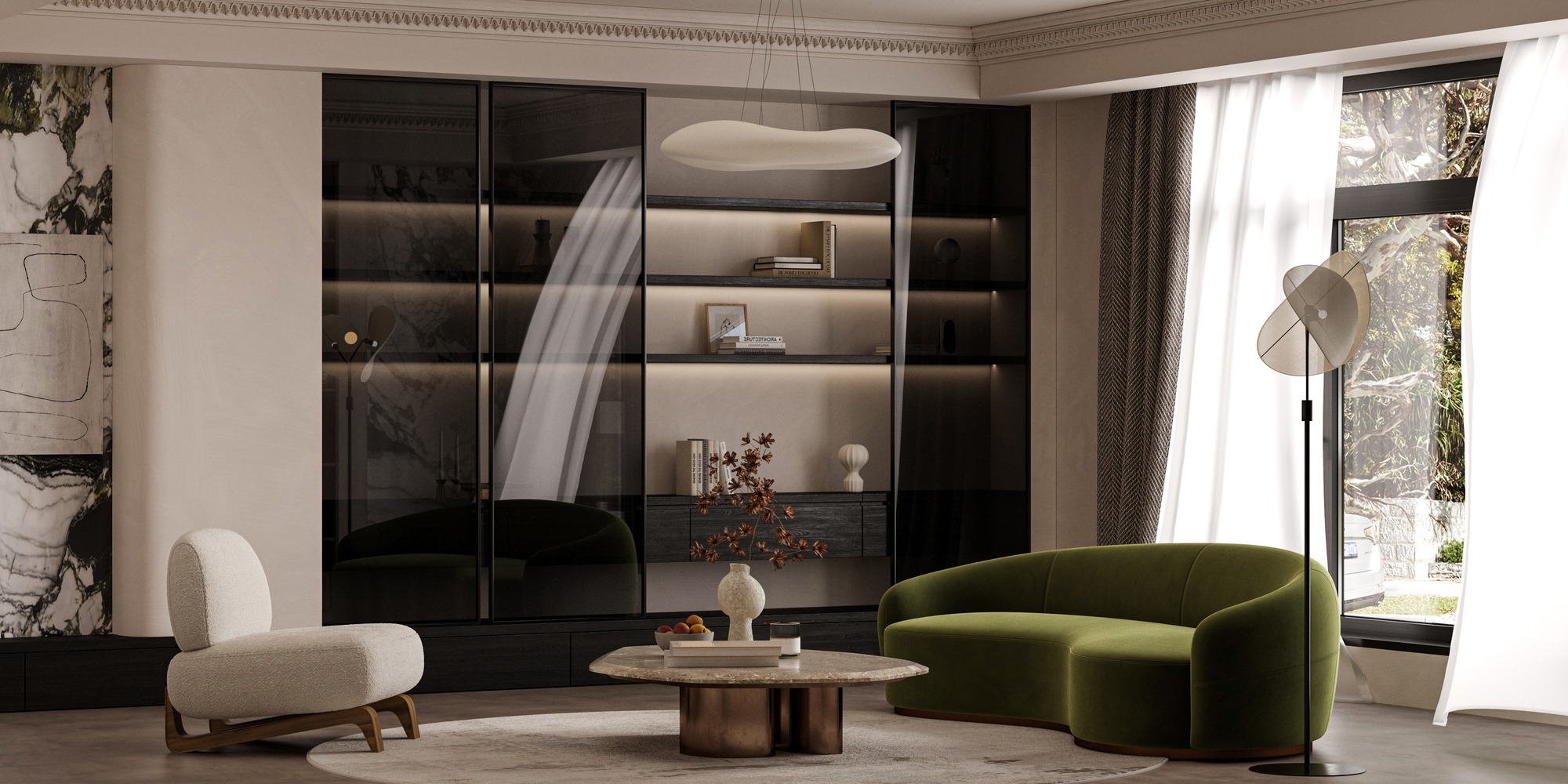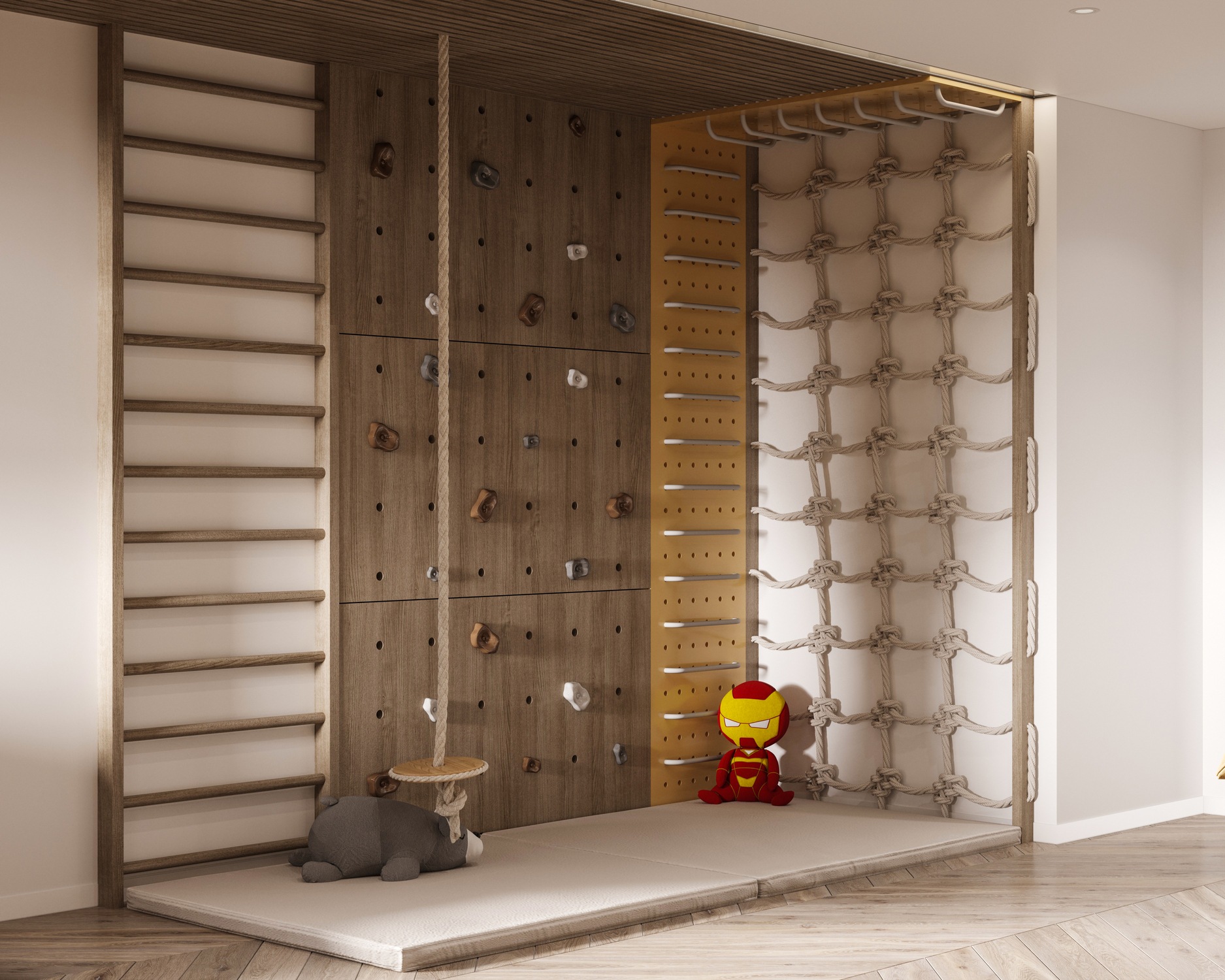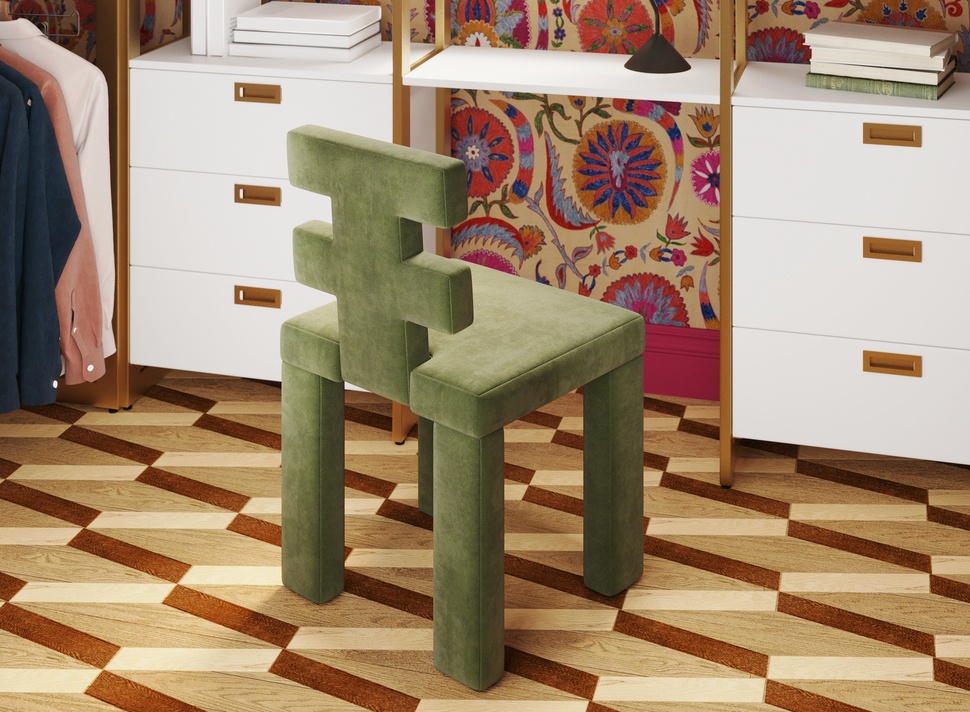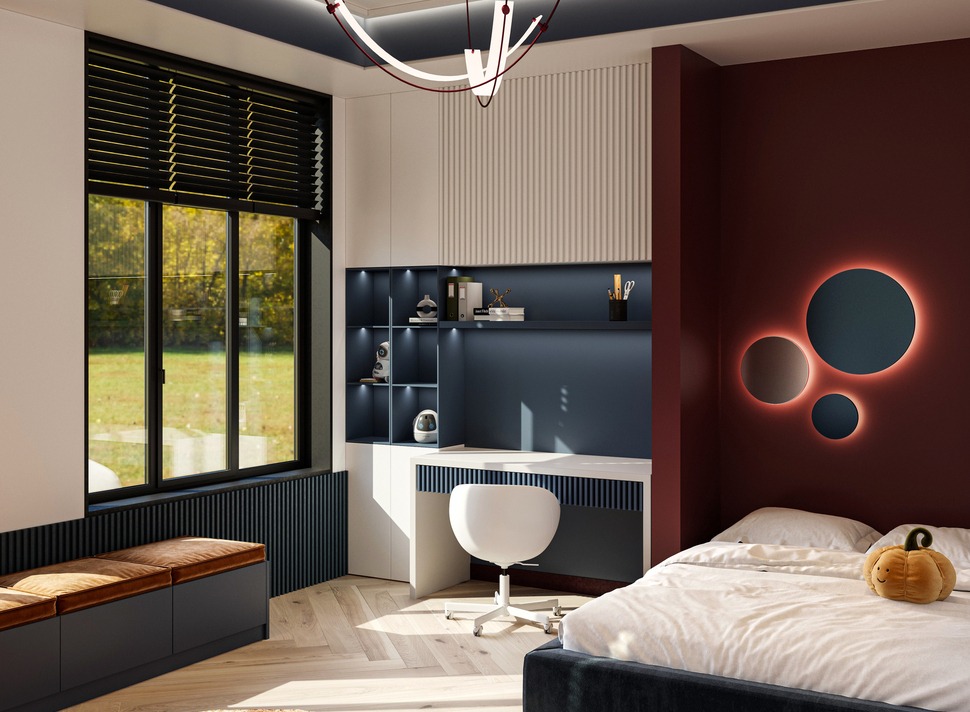Customization at Your Fingertips: The Rise of 3D Product Configurators
Introduction to 3D Product Configurators
Over the past decade, the e-commerce landscape has undergone transformative changes, a major one being the introduction and rise of 3D product configurators. This innovative technology has fundamentally reshaped how consumers interact with products online, offering an unprecedented level of engagement and personalization that was previously unattainable.
Evolution of Product Customization in E-commerce
Customization in e-commerce is a concept that has been introduced previously. Online retailers have offered basic customization options for years, such as choosing colors or adding text to products. However, these options were often limited and needed more depth and interactivity that modern consumers crave. The advent of 3D product configurators marked a paradigm shift in this domain, taking customization to an entirely new level.

Image from Yousee Studio
These sophisticated tools allow customers to select basic features and virtually build and visualize products in real time, according to their specific preferences. 3D configurators have opened a world where the customer's imagination is the only limit, from customizing furniture to designing a dream car.
Defining 3D Product Configurators
A 3D product configurator is an interactive tool that enables customers to customize and visualize a product in a three-dimensional space. Unlike traditional 2D images, these configurators allow for a more dynamic and immersive experience. Users can rotate the product, zoom in and out, and see how different customization options—like colors, materials, and components—change the look and feel of the final product.
For instance, in the automotive industry, 3D configurators allow customers to choose the model, color, interior materials, and additional car features, creating a personalized vehicle that meets their specifications. This level of customization was once exclusive to luxury brands but is now becoming increasingly mainstream, thanks to advancements in 3D technology.
Technology Behind 3D Configurators
Creating and integrating 3D product configurators in online retail platforms involves a sophisticated blend of technologies. These tools culminate in 3D modeling, web development, and user interface design advancements.
Key Technologies Driving 3D Configurators
The backbone of any 3D configurator is the 3D model of the product. These models are created using sophisticated 3D modeling software like Autodesk Maya or Blender. The complexity of these models can vary greatly depending on the product, with some requiring intricate detailing to represent the physical product accurately.
Once the model is created, it is integrated into a configurator interface using web technologies. WebGL (Web Graphics Library) is a critical technology in this integration. It allows for rendering interactive 3D graphics within web browsers without requiring users to install additional plugins. The use of WebGL means that 3D configurators can be accessed on a wide range of devices, from desktop computers to smartphones, making them highly accessible to consumers.
Another critical technology is real-time rendering. This allows the 3D model to be updated instantly as the user makes selections, providing immediate visual feedback. Real-time rendering makes these configurators genuinely interactive and engaging, as users can see the results of their customization choices in real-time.
Integrating Configurators into Online Platforms
Integrating a 3D configurator into an e-commerce platform is a complex task that requires a seamless blend of the configurator with the existing online store's user interface and back-end systems. This integration must be done so that the configurator is not only functional and user-friendly but also aligns with the overall design and branding of the website.
The integration process often involves a multidisciplinary team, including web developers, 3D artists, and user experience (UX) designers. The team must ensure the configurator is optimized for performance, as 3D rendering can be resource-intensive. This is particularly important for ensuring a smooth and responsive experience on mobile devices.
The cost of developing a 3D product configurator can vary greatly depending on the complexity of the product and the level of customization offered. A basic configurator might cost a few thousand dollars for a small business. At the same time, a large enterprise might spend hundreds of thousands on a highly sophisticated configurator with advanced features like AR integration.
Despite the significant upfront investment, the return on investment for a well-implemented 3D product configurator can be substantial. These tools enhance the customer experience and can lead to higher conversion rates and increased customer loyalty. According to a study by Bain & Company, companies that excel in personalizing experiences for customers can see revenue increase by 6% to 10%.
Benefits of 3D Configurators for Businesses and Consumers
The introduction of 3D product configurators in the retail sector has not only transformed the shopping experience for consumers but also brought numerous advantages to businesses. This technology bridges the gap between customer expectations and product offerings, fostering a more interactive and personalized shopping journey.
Enhancing User Experience and Engagement
One of the most significant benefits of 3D configurators is their enhanced user experience. Unlike traditional online shopping, which often relies on static images, 3D configurators offer an immersive and interactive experience. Customers can actively participate in product creation, tailoring products to their preferences. This level of engagement is crucial in the digital age, where customer experience is a key differentiator. According to a PwC report, 73% of consumers point to customer experience as an essential factor in purchasing decisions.
Driving Sales and Customer Satisfaction
From a sales perspective, 3D configurators have proven to be highly effective. By providing a clearer understanding of what the final product will look like, configurators help reduce purchase hesitancy, thereby boosting conversion rates. A survey conducted by Autodesk, a leader in 3D design, engineering, and entertainment software, revealed that products with 3D configurators saw a conversion rate increase of up to 40% compared to those without.

Image from Yousee Studio
In terms of customer satisfaction, the ability to customize products to their liking leads to a more satisfying shopping experience for customers. This personalization aspect can also contribute to customer loyalty and repeat purchases. A study by Deloitte found that 1 in 5 consumers who expressed an interest in personalized products or services are willing to pay a 20% premium.
Real-World Applications of 3D Configurators
The practical applications of 3D product configurators span across various industries, each utilizing this technology to enhance product customization and customer engagement.
Furniture and Interior Design: Tailoring Your Space
3D configurators transform how customers shop for home furnishings in the furniture and interior design industry. Retailers like IKEA and Wayfair offer 3D configurators that enable customers to customize furniture according to their space requirements and style preferences. These tools also often include AR functionality, allowing customers to see how the furniture would look in their homes before purchasing. This integration enhances the shopping experience and helps reduce returns due to size or style mismatches.
Fashion and Apparel: Personalizing Your Style
The fashion and apparel industry is also capitalizing on the benefits of 3D configurators. Brands like Nike and Adidas allow customers to design their sneakers, selecting everything from the shoe style to the color and material of each element. This personalized approach appeals to customers looking for unique products and fosters a deeper connection between the brand and its customers. Nike’s NIKEiD service, for instance, has been top-rated, with the brand reporting significant growth in the customized product category.
These real-world applications showcase the versatility and effectiveness of 3D configurators in enhancing the customer experience and driving business growth. These tools are setting new standards in customer engagement and satisfaction across various industries by providing a platform for personalized and interactive shopping.
Challenges and Future Perspectives
While 3D product configurators offer substantial benefits, they also present specific challenges that businesses must navigate. Additionally, the future landscape of this technology holds promising developments and potential shifts in the retail sector.
Overcoming Technical and Operational Challenges
One of the primary challenges in implementing 3D configurators is the technical complexity involved in their development and integration. Creating detailed and accurate 3D models requires expertise in 3D modeling and an understanding of the product’s physical characteristics. For small businesses or startups, the cost of developing these models can be prohibitive, often requiring an investment of several thousand dollars depending on the complexity and number of products.
Furthermore, integrating these configurators into existing e-commerce platforms can be a technical hurdle. Ensuring compatibility across various devices and browsers and maintaining smooth and responsive performance demands ongoing technical support and updates. This aspect of configurators can strain resources, especially for businesses with limited IT infrastructure.
The Future of 3D Configurators in Retail
Looking ahead, the future of 3D product configurators in retail is bright and full of potential. As technology advances, the cost and complexity of developing and maintaining these configurators will decrease, making them more accessible to a broader range of businesses.

Image from Yousee Studio
One of the most exciting developments in this field is integrating artificial intelligence (AI) and machine learning. AI can enhance the user experience of configurators, offering personalized recommendations based on customer preferences and previous interactions. Machine learning algorithms can analyze user data to predict trends and preferences, enabling businesses to tailor their product offerings effectively.
Another trend is the increasing use of augmented reality (AR) and virtual reality (VR) in conjunction with 3D configurators. AR and VR can elevate the user experience by allowing customers to visualize products in a real-world context or immerse themselves in a virtual showroom. For instance, IKEA's AR app, IKEA Place, lets users see how furniture would look and fit in their space. This technology could be combined with 3D configurators for an even more interactive experience.
Furthermore, as consumer demand for personalized products grows, 3D configurators will likely become an expected feature in online retail. A study by Deloitte highlighted that more than 50% of consumers expressed interest in purchasing customized products or services, indicating a significant market for businesses that offer these options.
Contact us at YouSee Studio for captivating 3D renderings and immersive virtual experiences.
Karen Spacey is a content writer and the author of this article.



